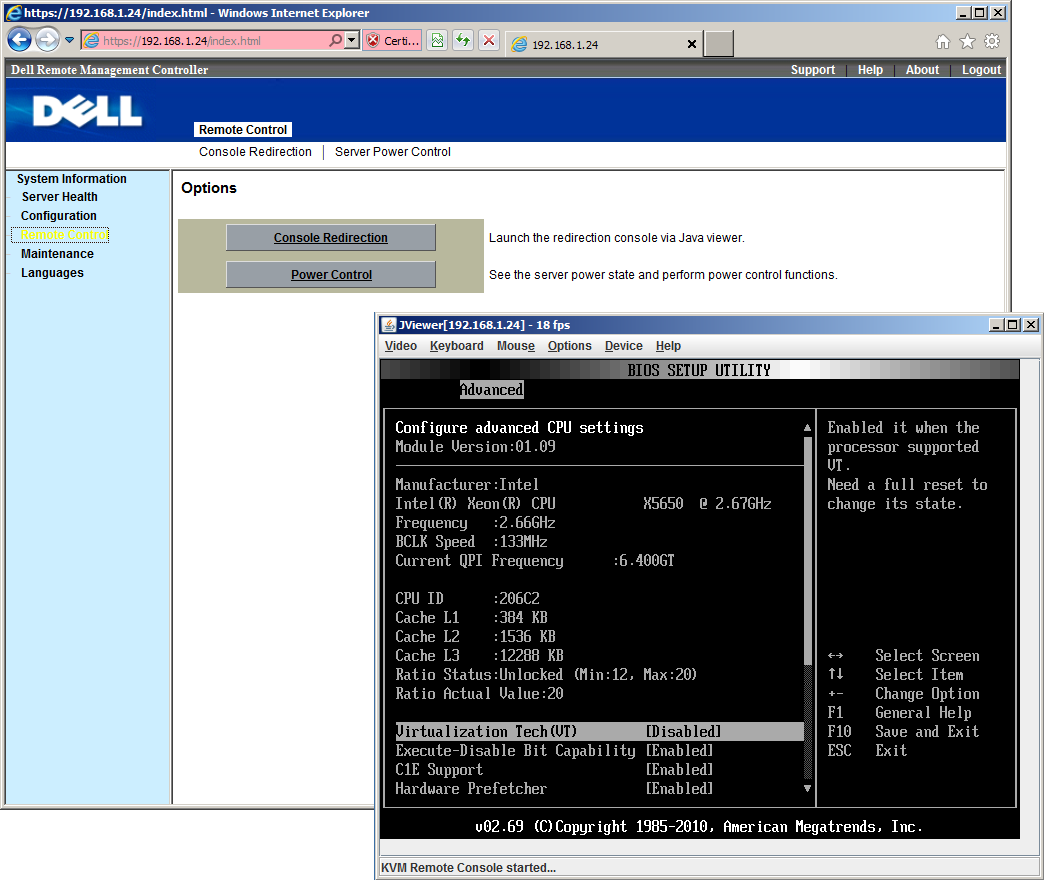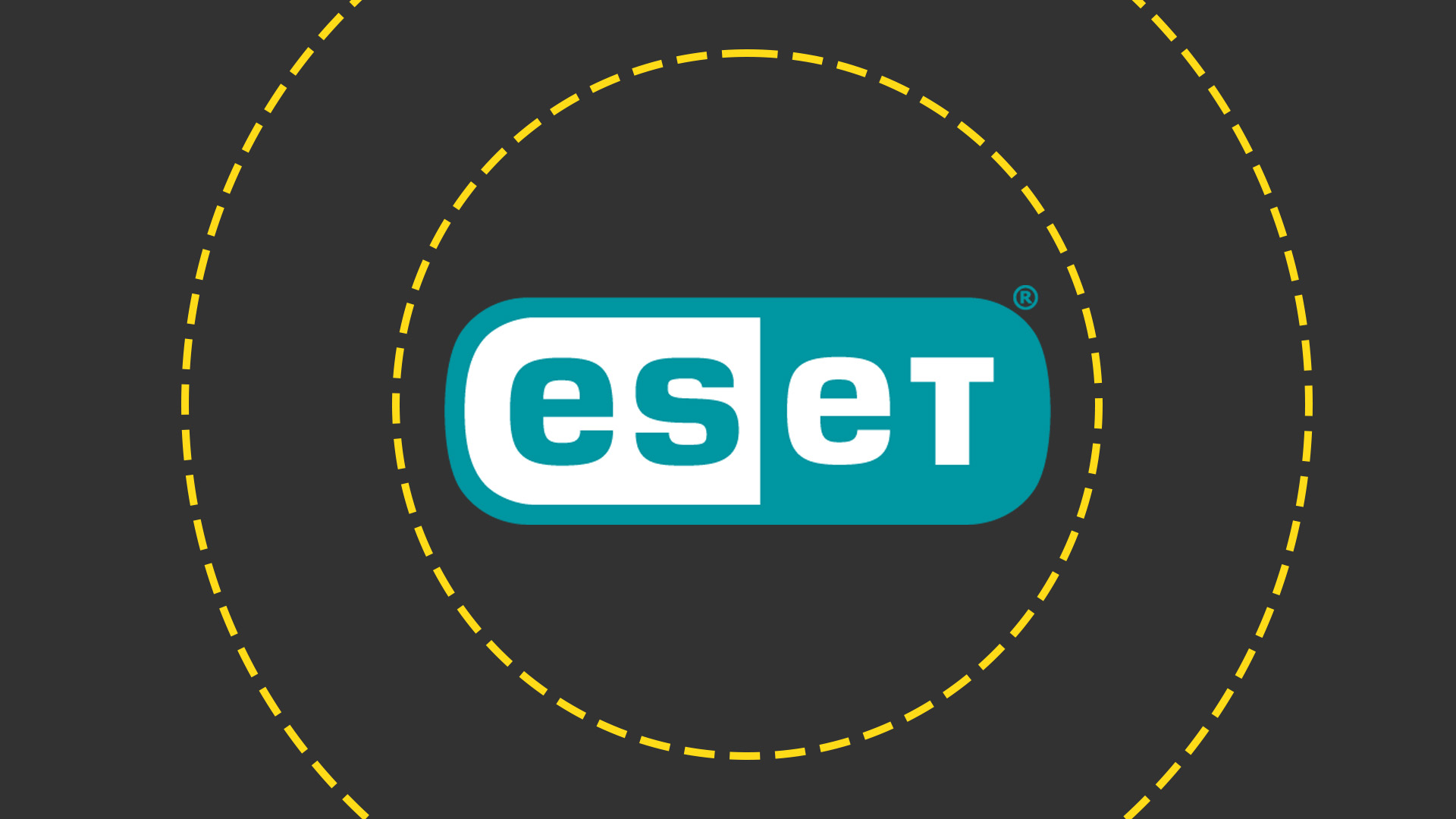Dell PowerEdge C6100 review
The PowerEdge C6100 is Dell's best-selling cloud server system. In this exclusive review, Dave Mitchell takes a closer look at this multi-node, rack dense system to find out why.
Dell’s PowerEdge C6100 is aimed at the middle ground between customers looking for a few rack dense systems and those requiring a few thousand. Businesses building an HPC, gaming or cloud services solution will find it has good processing density for a 2U chassis and it’s low on power consumptions as well. Supermicro was here first with its Twin² servers which are better value, but its resellers won’t be able to compete with the warranty and support services offered by Dell’s mighty DCS group.

In idle we saw one, two, three and four nodes draw a total of 136W, 205W, 275W and 348W. Under pressure these figures rose to 295W, 516W, 737W and 964W respectively. An average peak of 241W per node under heavy load is low, showing just how power frugal the C6100 is.

Unlike Dell's iDRAC, the C6100 controllers include KVM-over-IP remote control and virtual media services as standard and not as an optional extra
Remote management features differ from Dell's standard PowerEdge servers as the nodes in the C6100 don't support its iDRAC upgrades. The motherboards feature a basic Intelligent Platform Management Interface (IPMI) controller that can share access with the first Gigabit Ethernet port or use the dedicated port alongside it.
Apart from some rebranding, the web console is identical to that presented by Intel's, Supermicro's and Asus' IPMI controllers. It provides a simple web browser interface where you can view all motherboard sensors for critical components.
Full control over power allows the server to be remotely switched on and off, reset or gracefully powered down. It's better value than Dell's iDRAC as KVM-over-IP remote control and virtual media services are provided as standard and not as an optional upgrade.
Despite its obvious benefits, Dell is facing very little competition to the C6100. The only real alternatives are HP's SL6500 Scalable Systems and Supermicro's Twin rack servers.
The C6100 delivers an equally high processing density in a compact rack server. Considering the specification of the review system, it is good value overall value and it has the considerable weight of Dell's DCS group behind it.
Verdict
Dell’s PowerEdge C6100 is aimed at the middle ground between customers looking for a few rack dense systems and those requiring a few thousand. Businesses building an HPC, gaming or cloud services solution will find it has good processing density for a 2U chassis and it’s low on power consumptions as well. Supermicro was here first with its Twin² servers which are better value, but its resellers won’t be able to compete with the warranty and support services offered by Dell’s mighty DCS group.
SPECIFICATIONS Chassis: 2U rack Power: 2 x 1100W hot-plug supplies Four hot-swap nodes each with the following: CPU: 2 x 2.67GHz Intel Xeon X5650 Memory: 48GB DDR3 expandable to 96GB Storage: 8 x 250GB SATA hard disks in hot-swap carriers (max three per node) Storage controller: Embedded ICH10R SATA Controller RAID: None Expansion: 1 x PCI Express slot, mezzanine slot Network: 2 x Gigabit Ethernet, dedicated IPMI port Power: 2 x 750W hot-plug supplies Management: Embedded Dell IPMI controller Warranty: four years on-site Next Business Day
Get the ITPro daily newsletter
Sign up today and you will receive a free copy of our Future Focus 2025 report - the leading guidance on AI, cybersecurity and other IT challenges as per 700+ senior executives
Dave is an IT consultant and freelance journalist specialising in hands-on reviews of computer networking products covering all market sectors from small businesses to enterprises. Founder of Binary Testing Ltd – the UK’s premier independent network testing laboratory - Dave has over 45 years of experience in the IT industry.
Dave has produced many thousands of in-depth business networking product reviews from his lab which have been reproduced globally. Writing for ITPro and its sister title, PC Pro, he covers all areas of business IT infrastructure, including servers, storage, network security, data protection, cloud, infrastructure and services.
-
 LockBit ransomware group falls victim to hackers itself
LockBit ransomware group falls victim to hackers itselfNews A data leak has revealed negotiations with victims, along with Bitcoin wallet addresses, affiliate accounts and details of attacks
By Emma Woollacott Published
-
 AI-powered banking fraud on the rise – but financial institutions are fighting back
AI-powered banking fraud on the rise – but financial institutions are fighting backNews Banks are increasingly using AI to combat scams, but say that the need for good data management can make progress slow
By Emma Woollacott Published
-
 ESET targets partner profitability with new MDR bundle
ESET targets partner profitability with new MDR bundleNews The security firm's managed detection and response services and products are now available as part of a single SKU to enhance the partner sales process
By Daniel Todd Published